Author: dcadmin
NMPF Asks EPA, Army Corps to Suspend National Enforcement of New Water Regulation Pending Resolution of Court Cases
The National Milk Producers Federation urged the Obama Administration to hold off on the national enforcement of the new Waters of the U.S. (WOTUS) regulation, in response to a court decision last week suspending the regulation in some states, but not others.
Last Thursday the U.S. District Court for the District of North Dakota halted implementation of the water regulation, granting a temporary injunction in favor of 13 states that brought suit in North Dakota against the Environmental Protection Agency, and the Army Corps of Engineers. The EPA said after the court ruling that it would not implement the rule in the 13 states that were part of the suit: Alaska, Arizona, Arkansas, Colorado, Idaho, Missouri, Montana, Nebraska, Nevada, New Mexico, North Dakota, South Dakota and Wyoming.
In light of the potential for confusion and inconsistent application of the regulation following the court’s ruling, NMPF said in a letter sent Monday to the EPA and the Army that the government should suspend enforcement of the WOTUS nationwide.
“The EPA implementation schedule for the Clean Water Rule now treats dairy farmers differently nationwide, and clearly falls short of the EPA’s goals of ‘greater clarity, consistency, and predictability when making jurisdictional determinations,’” NMPF President and CEO Jim Mulhern said in the letter. “Therefore, we ask that EPA and the Corp of Engineers use their enforcement discretion and cease application of the recent WOTUS rule in all 50 states, until such time as it can be evenly applied in every state.”
NMPF submitted comments on the proposed rule to the EPA and Corps of Engineers in November 2014, outlining its concerns with the lack of clarity and certainty for dairy farmers should the rule proceed. The final rule “left many of our concerns unresolved,” NMPF wrote today, although the organization had been hoping to work with EPA to address those concerns going forward.
“The opinion last Thursday by Judge Ralph Erickson brought forth many of the same concerns we relayed in our comments last November and should be taken seriously,” NMPF wrote.
NMPF’s letter today said that the organization and its members “are committed to protecting U.S. waterways through voluntary efforts, as well as through regulatory compliance with the Clean Water Act (CWA). Clean water is central to healthy ecosystems, secure water supplies for human and animal consumption, and to the production of milk and other dairy products. We are committed to working with the EPA and COE to find effective ways to achieve these important goals.”
Several other lawsuits against the EPA, from other states and also from farm and business groups, are still pending.
###
The National Milk Producers Federation, based in Arlington, VA, develops and carries out policies that advance the well-being of dairy producers and the cooperatives they own. The members of NMPF’s cooperatives produce the majority of the U.S. milk supply, making NMPF the voice of more than 32,000 dairy producers on Capitol Hill and with government agencies. Visit www.nmpf.org for more information.
The Economic Impacts of Immigrant Labor on U.S. Dairy Farms
Merck Animal Health Partners with NMPF in Support of Dairy Farmers’ Efforts to Provide Quality Animal Care
 MADISON, NJ — Merck Animal Health (known as MSD Animal Health outside the United States and Canada) today announced a partnership with the National Milk Producers Federation (NMPF), to help ensure a comprehensive, industry-wide approach to employee training and animal care in the dairy industry. The National Dairy FARM (Farmers Assuring Responsible ManagementTM) Animal Care Program, administered by NMPF with support from Dairy Management Inc.TM covers more than 91 percent of the nation’s milk supply. Through the partnership, dairy producers across the country will have access to tools, resources and workshops available through the Merck Animal Health Dairy C.A.R.E.™* Initiative, an extension of the Dairy Care365™animal handling training program.
MADISON, NJ — Merck Animal Health (known as MSD Animal Health outside the United States and Canada) today announced a partnership with the National Milk Producers Federation (NMPF), to help ensure a comprehensive, industry-wide approach to employee training and animal care in the dairy industry. The National Dairy FARM (Farmers Assuring Responsible ManagementTM) Animal Care Program, administered by NMPF with support from Dairy Management Inc.TM covers more than 91 percent of the nation’s milk supply. Through the partnership, dairy producers across the country will have access to tools, resources and workshops available through the Merck Animal Health Dairy C.A.R.E.™* Initiative, an extension of the Dairy Care365™animal handling training program.
Dairy C.A.R.E. was developed to help producers provide the best animal care by maintaining sound policies, hiring the right people and making sure they are properly trained. It was designed to complement the FARM Animal Care Program, developed in 2009, which establishes a nationwide, verifiable animal well-being program. Going forward, Merck Animal Health will continue to work closely with FARM Animal Care to develop supplemental materials dairy farmers can use to meet the FARM Program’s requirements.
This partnership is a natural fit and extends the reach of both programs,” said Rick Jackson, Merck Animal Health U.S. dairy product manager. “The FARM Animal Care program does a great job of setting expectations for dairy operations, and Dairy C.A.R.E. helps provide additional training and tools to get the job done.”
Both Dairy C.A.R.E. and the FARM Animal Care program support the significant efforts of dairy producers to continuously improve the care and handling of their animals.
“Dairy C.A.R.E. helps producers meet the requirements of the FARM program, including creating a cow care agreement, developing written standard operating procedures (SOPs) and providing employee training,” according to Emily Meredith, NMPF Vice President, Animal Care. “Animal care is everyone’s responsibility in the dairy industry, and we all take it seriously. We’re excited about the partnership with Merck Animal Health to help advance this industry-wide effort.”
The Dairy C.A.R.E. Initiative includes a comprehensive resource guide; Dairy Care365 animal handling training videos; and customizable templates of animal care policies and SOPs that outline how animals should be handled to optimize their health and well-being. Merck Animal Health is conducting free workshops around the country to help dairy producers tailor the Dairy C.A.R.E. materials for their farms.
Dairy Care365 animal handling training videos feature real on-farm settings to provide a realistic representation of how cows behave and react to their surroundings. Through these videos, employees learn how to work with dairy cattle and youngstock safely and effectively, move cows to the milking parlor and handle non-ambulatory cows among other topics.
For more information about Dairy C.A.R.E. or a workshop, visit www.DairyCare365.com, email info@DairyCare365.com or contact your Merck Animal Health sales representative. For more information on NMPF’s National Dairy FARM Program, visit www.nationaldairyfarm.com.
About Merck Animal Health
Today’s Merck is a global healthcare leader working to help the world be well. Merck Animal Health, known as MSD Animal Health outside the United States and Canada, is the global animal health business unit of Merck. Through its commitment to the Science of Healthier Animals™, Merck Animal Health offers veterinarians, farmers, pet owners and governments one of the widest range of veterinary pharmaceuticals, vaccines and health management solutions and services. Merck Animal Health is dedicated to preserving and improving the health, well-being and performance of animals. It invests extensively in dynamic and comprehensive R&D resources and a modern, global supply chain. Merck Animal Health is present in more than 50 countries, while its products are available in some 150 markets. For more information, visit www.merck-animal-health.com or connect with us on LinkedIn and Twitter at @MerckAH.
About National Milk Producers Federation
The National Milk Producers Federation, based in Arlington, Va., develops and carries out policies that advance the well-being of U.S. dairy producers and the cooperatives they collectively own. The members of NMPF’s cooperatives produce the majority of the U.S, milk supply, making NMPF the voice of nearly 32,000 dairy producers on Capitol Hill and with government agencies. For more on NMPF’s activities, visit www.nmpf.org.
Producers Have Two More Months to Choose Coverage Under Margin Protection Program
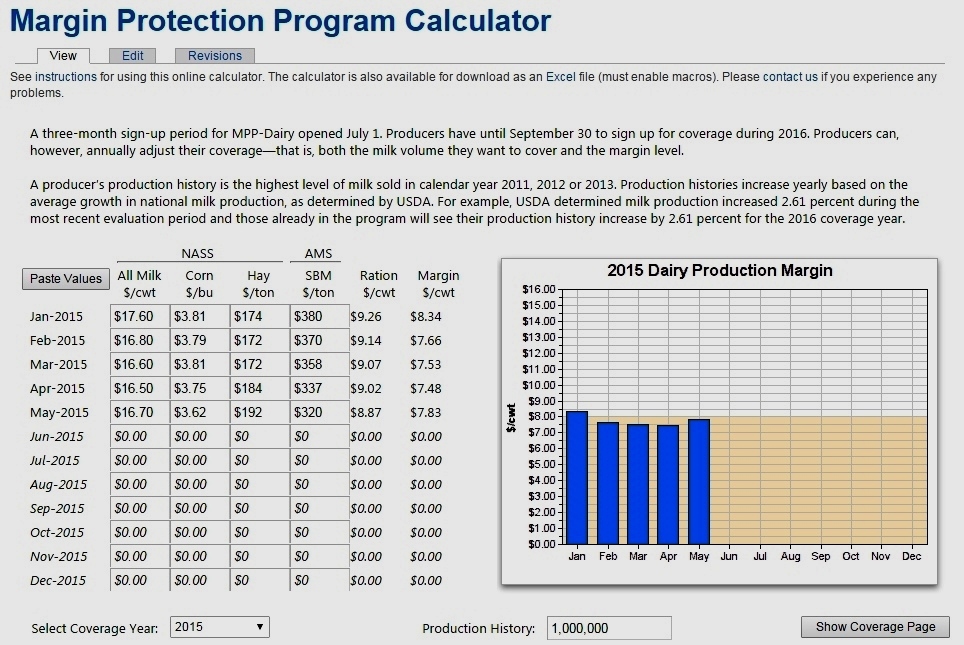
Dairy farmers have two more months to sign up at their local Farm Service Agency offices for coverage in 2016 under the dairy Margin Protection Program. The second enrollment period under the new federal dairy safety net program opened July 1st and closes September 30th.
To help farmers make decisions, NMPF has updated the tools at www.FutureforDairy.com, a website serving as a clearinghouse for MPP information. Included are a brochure explaining the program and its importance to dairy farmers; a PowerPoint presentation that also highlights the benefits of the program; Frequently Asked Questions on the MPP; and a calculator allowing farmers to estimate future margins based on their forecasts of feed and milk prices.
MPP helps protect against the kind of catastrophic losses that many farmers experienced in 2009 and again in 2012. It allows farmers to insure the difference between milk prices and feed costs. Producers insure their operations on a sliding scale, deciding both how much of their production to cover and the level of margin to protect.
Through the first six months of 2015, the program has issued payments for each of the three bi-monthly coverage windows for those who elected the maximum $8 margin coverage. NMPF was instrumental in MPP’s enactment and encourages producers to use the program.
Four Graduate Students win Scholarships for Dairy-Related Research

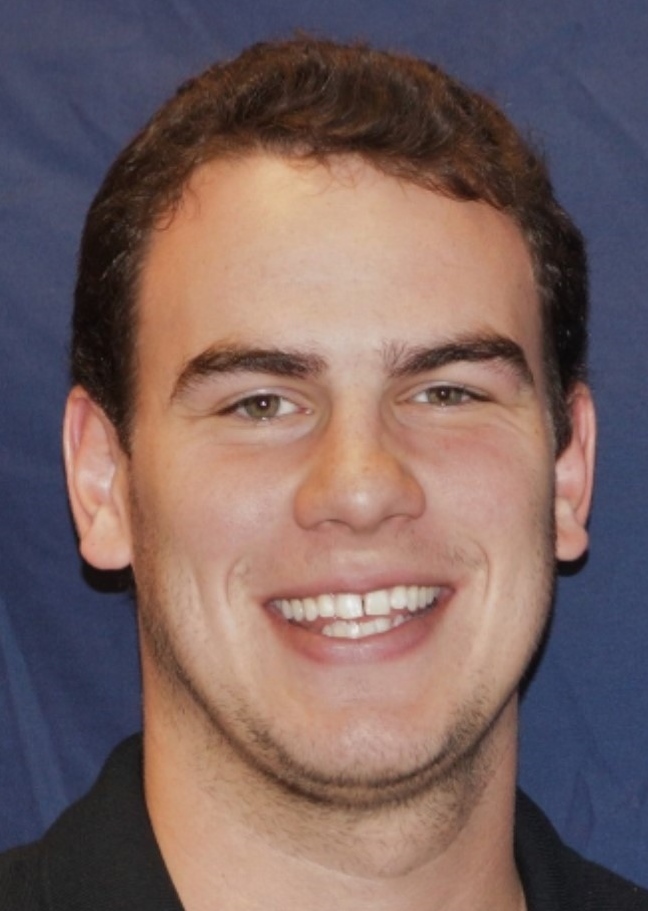
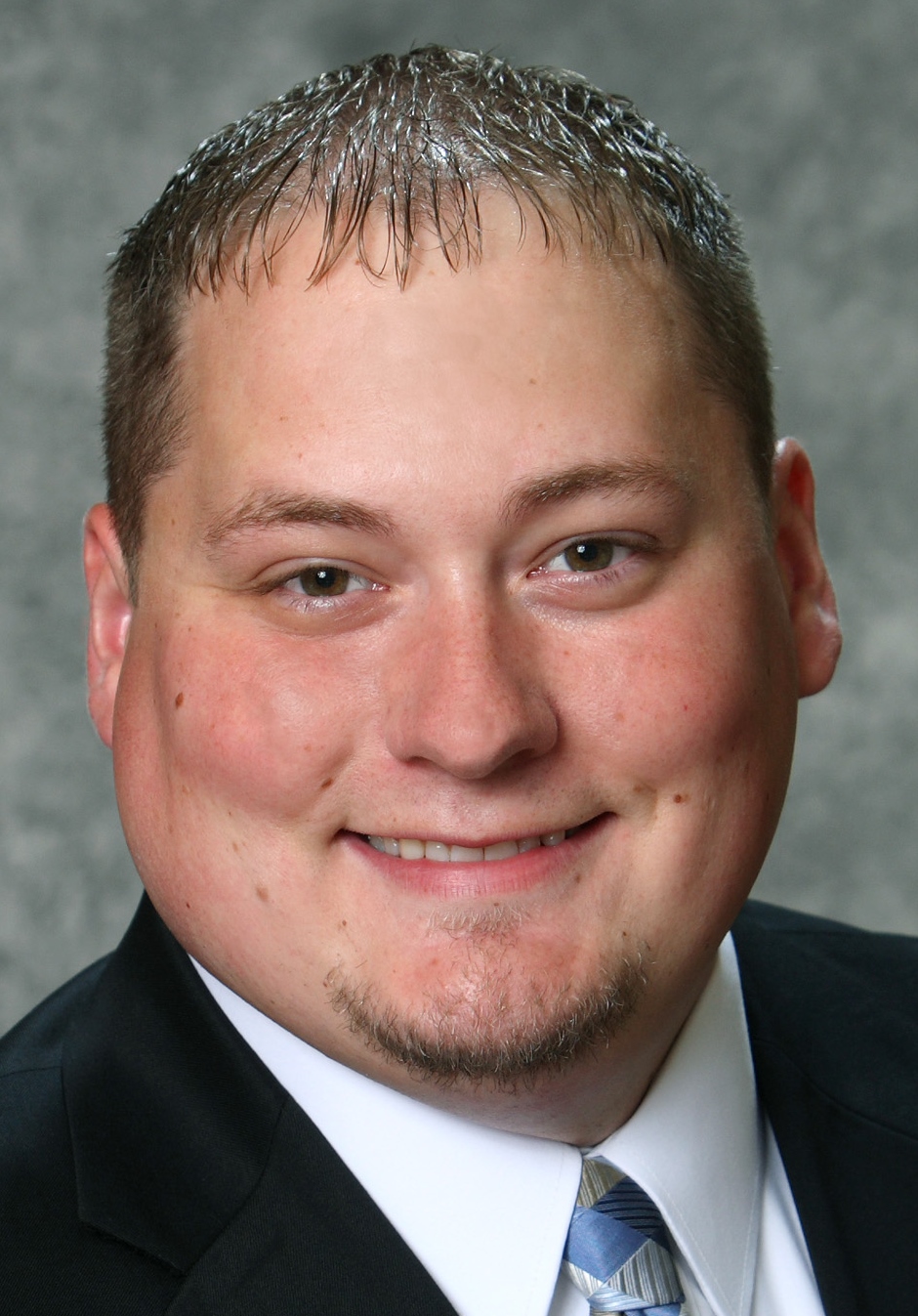
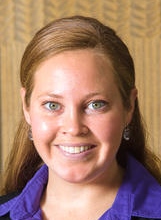
Four graduate students researching dairy-related topics have been selected to receive $2,000 each from NMPF’s National Dairy Leadership Scholarship Program. The NMPF board selected the 2015 scholarship recipients from among 30 applicants at its June meeting. They are:
Karmella Dolecheck, far left above, a Ph.D. candidate in animal science at the University of Kentucky. Her research focus is increasing dairy profitability through the application of a whole farm stochastic simulation model.
Paul LaPierre, next to Dolecheck, an M.S. candidate in animal science at the University of Illinois at Urbana-Champaign. His research focus is the effects of hydroxy vs. sulfate forms of trace minerals in milk replacer on dairy calves through weaning.
Jon Pretz, next to LaPierre, a Ph.D. candidate in dairy science at South Dakota State University. His research focus is evaluation of yeast products and antioxidants alone or in combination on ruminal volatile fatty acid absorption when fed to mid-lactation high-producing dairy cows
Barbara Wadsworth, far right, a Ph.D. candidate in animal science at the University of Kentucky. Her research focus is use of precision dairy farming technologies to detect lameness in dairy cattle.
The scholarship awards will be made to coincide with the start of the academic year in the fall. Applicants must be masters- or Ph.D.-level students conducting research of interest to NMPF member cooperatives and the dairy industry in general. The scholarships are funded through raffles conducted at the NMPF annual meeting.
NMPF Comments on FDA’s Risk-Ranking Model for Animal Drug Residues
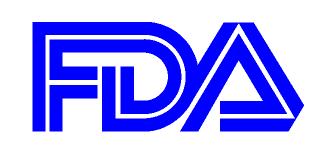 NMPF submitted comments last week on the Food and Drug Administration’s Multicriteria-based Ranking Model for Risk Management of Animal Drug Residues in Milk and Milk Products. The comments will help influence the extent to which the FDA alters the current testing system it administers, along with state regulatory agencies, to prevent antibiotic residues in the dairy supply.
NMPF submitted comments last week on the Food and Drug Administration’s Multicriteria-based Ranking Model for Risk Management of Animal Drug Residues in Milk and Milk Products. The comments will help influence the extent to which the FDA alters the current testing system it administers, along with state regulatory agencies, to prevent antibiotic residues in the dairy supply.
The risk-ranking model was developed in response to a 2008 request from the National Conference on Interstate Milk Shipments (NCIMS) to conduct a risk analysis of drug residues in the milk supply. It represents a science-based analytical approach to collate and incorporate relevant public data and information to assist with evaluating milk residue testing programs.
NMPF offered feedback on the model’s design, assumptions and data, and the clarity and transparency of the model, as well as its potential implications for residue testing requirements of the Pasteurized Milk Ordinance (PMO). The model is one of the many tools the NCIMS Appendix N Committee will use to develop a pilot program to expand testing for non-beta-lactam drugs through the PMO. A proposal directing the Appendix N Committee to develop the pilot program was passed at the 2015 NCIMS in April.
FDA recently extended the comment period on the risk-ranking model to October 27th.
FARM Program Needs Feedback from Producers on Tools to Improve Dairy Beef
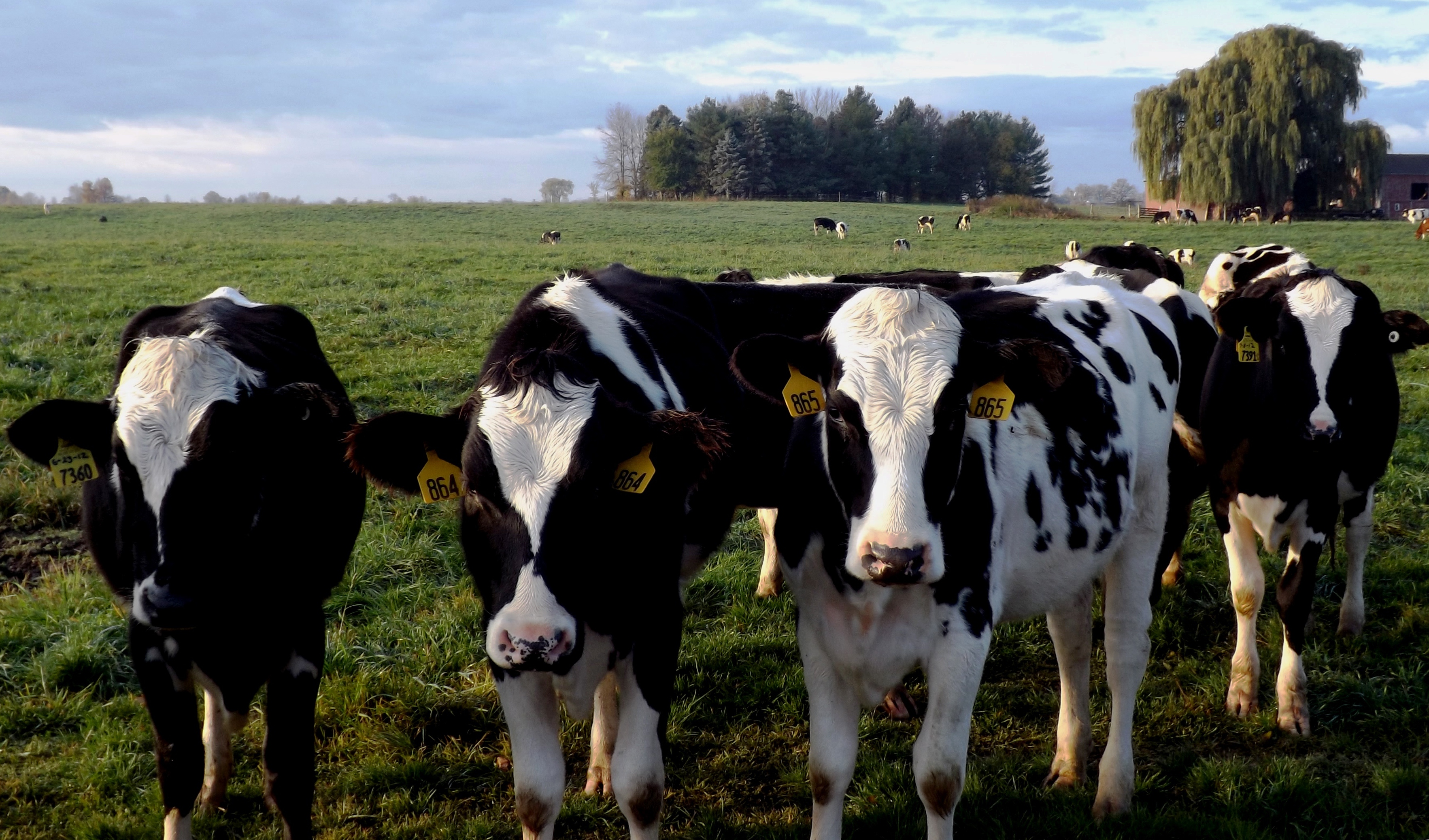 In January, the FARM Animal Care Program embarked on a partnership with the National Cattlemen’s Beef Association to explore opportunities and synergies around improving the quality of dairy beef. NMPF worked with NCBA staff managing the Beef Quality Assurance Program to devise educational materials and other resources for producers to use as part of the FARM Animal Care Program.
In January, the FARM Animal Care Program embarked on a partnership with the National Cattlemen’s Beef Association to explore opportunities and synergies around improving the quality of dairy beef. NMPF worked with NCBA staff managing the Beef Quality Assurance Program to devise educational materials and other resources for producers to use as part of the FARM Animal Care Program.
To ensure the FARM Program is both beneficial to producers and increases consumer confidence, farmers are now being asked for their input through the Dairy Producer Education Programs Survey. The 15-minute survey will help NMPF understand how FARM can better serve producers, and will help NMPF and NCBA identify what additional tools are necessary to improve dairy beef quality. Producers are encouraged to complete the survey and to share the survey link with others.
FARM’s Technical Writing Group Begins Three-Year Review of Program Guidelines
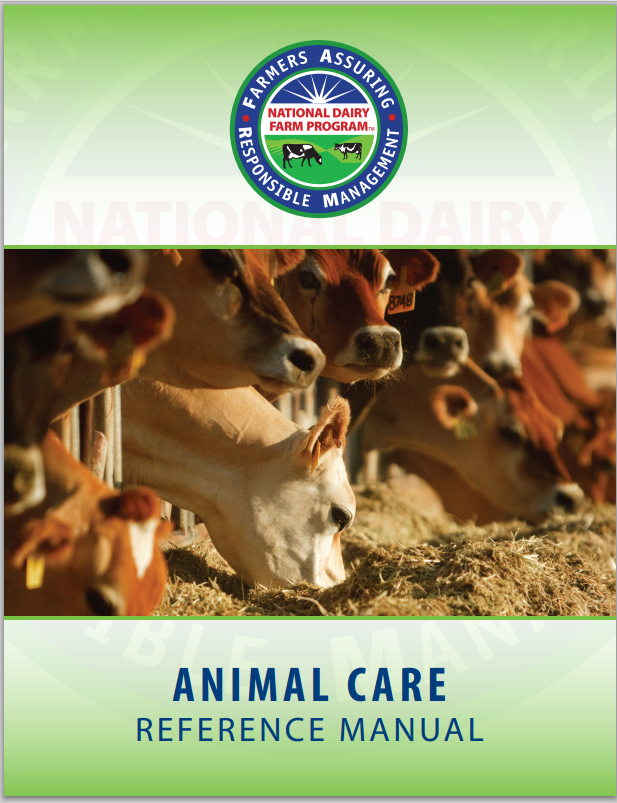 The FARM Program Technical Writing Group — made up of veterinarians, academics, animal scientists, co-op staff and dairy producers — began meeting in June to determine if updates are needed to the program’s Animal Care Manual, FARM Evaluation checklist, and other resources.
The FARM Program Technical Writing Group — made up of veterinarians, academics, animal scientists, co-op staff and dairy producers — began meeting in June to determine if updates are needed to the program’s Animal Care Manual, FARM Evaluation checklist, and other resources.
The program’s guidelines are updated every three years. Once the Technical Writing Group concludes its work, a new draft of the FARM Program guidelines will be reviewed by NMPF’s Animal Health and Wellbeing Committee. After that, comments will be sought from all FARM Animal Care Program co-op and processor participants, and other outside experts.
All comments will be synthesized and a final draft of the version 3.0 guidelines made available in January. Consistent with the last program revision, evaluations based on the new guidelines will not begin until January of 2017, allowing time for FARM Animal Care Program staff to educate participants on the key changes.
NMPF Teams with Merck Animal Health to Help Producers Improve Animal Care
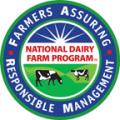 NMPF has teamed up with Merck Animal Health, a global animal medicine company, to provide additional resources to dairy producers participating in NMPF’s six-year-old animal well-being program, Farmers Assuring Responsible ManagementTM, or FARM.
NMPF has teamed up with Merck Animal Health, a global animal medicine company, to provide additional resources to dairy producers participating in NMPF’s six-year-old animal well-being program, Farmers Assuring Responsible ManagementTM, or FARM.
NMPF’s partnership with Merck, announced August 5, will give producers across the country access to tools and workshops available through Merck’s own dairy animal care training program, known as Dairy C.A.R.E. It should help ensure a comprehensive approach to employee training and animal care in the dairy industry.
Dairy C.A.R.E. includes animal handling training videos, a comprehensive resource guide, and customizable templates of animal care policies that outline how to assure maximum animal health and well-being. Merck Animal Health is offering free workshops around the country to help dairy producers tailor the Dairy C.A.R.E. materials for their farms.
Emily Meredith, NMPF’s vice president for animal care, said “Dairy C.A.R.E. helps producers meet the requirements of the FARM Animal Care Program, such as creating a cow care agreement, developing written standard operating procedures, and providing employee training.
“Animal care is everyone’s responsibility in the dairy industry, and we all take it seriously. We’re excited about the partnership with Merck Animal Health to help advance this industry-wide effort,” Meredith added.
Focus Shifts to Senate after Voluntary GMO Labeling Bill Passes House
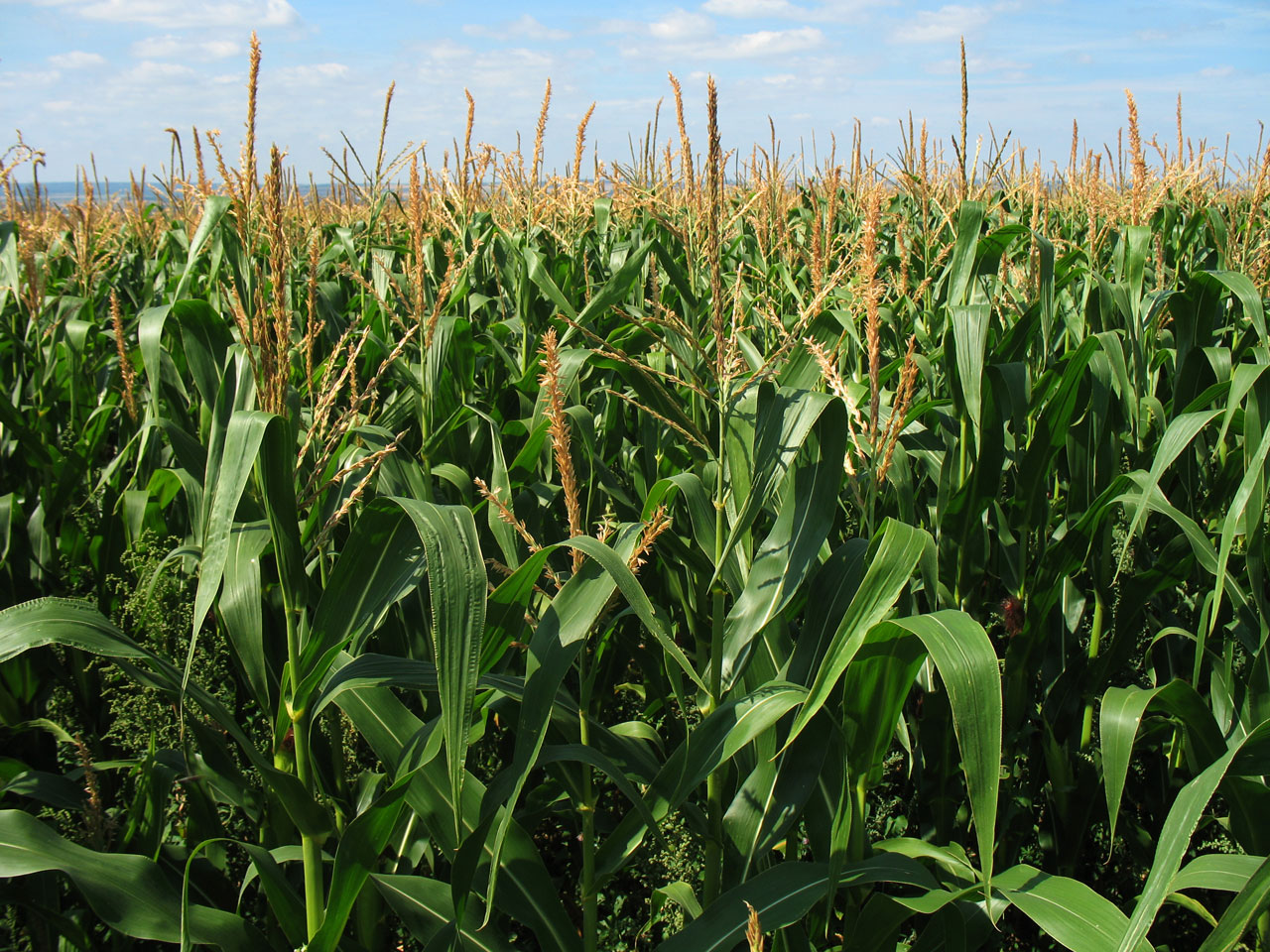 After the House of Representatives overwhelming approved legislation establishing a voluntary, national standard for labeling foods with genetically modified ingredients, NMPF said it will work closely with the Senate on similar legislation. NMPF said any final bill must meet the needs of America’s dairy farmers.
After the House of Representatives overwhelming approved legislation establishing a voluntary, national standard for labeling foods with genetically modified ingredients, NMPF said it will work closely with the Senate on similar legislation. NMPF said any final bill must meet the needs of America’s dairy farmers.
The House bill, known as the Safe and Accurate Food Labeling Act, creates a uniform, science-based labeling standard for foods made with GM ingredients. It also creates a voluntary non-GM labeling program modeled after the National Organic Program. The bill passed the House July 23rd by a margin of 275-150.
“The strong bipartisan vote demonstrates the broad support for a national, voluntary program for labeling foods with GM ingredients,” said President and CEO Jim Mulhern. “That gives consumers the information they want while reaffirming federal authority over food labeling and preventing the development of dozens of different state food labeling laws.”
Last year, Vermont became the first state in the nation to enact a mandatory GMO labeling bill, raising the specter of similar measures in states across the country. The Safe and Accurate Food Labeling Act would pre-empt the Vermont bill, which is scheduled to go into effect next year.
Genetically modified food ingredients have been proven safe by nearly 2,000 studies from the leading scientific bodies worldwide, including the World Health Organization and the American Medical Association. Up to 80 percent of the food available in the United States contains genetically modified ingredients.
Dairy Products Exported with CWT’s Help Top 16.5 Million Pounds in July
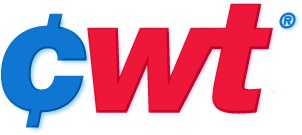 In July, members of Cooperatives Working Together received 59 contracts to sell dairy products to customers in 21 countries. The 5.4 million pounds of American-type cheeses and 11.2 million pounds of whole milk powder will be shipped from July through January 2016.
In July, members of Cooperatives Working Together received 59 contracts to sell dairy products to customers in 21 countries. The 5.4 million pounds of American-type cheeses and 11.2 million pounds of whole milk powder will be shipped from July through January 2016.
The July contracts bring the year-to-date sales totals to 43.7 million pounds of cheese, 30.4 million pounds of butter, and 33.3 million pounds of whole milk powder. In all, CWT-assisted transactions will move the equivalent of 1.33 billion pounds of milk on a milkfat basis to customers in 33 countries on five continents. These sales contracts are equivalent to more than 80 percent of the 2015 increase in U.S. milk production through June.
Developed by NMPF, CWT is a voluntary export assistance program supported by dairy farmers producing 70 percent of the nation’s milk. By helping to move U.S. dairy products into world markets, CWT helps maintain and grow U.S dairy farmers’ share of expanding export markets which, in turn, keeps dairy farmer milk prices at reasonable levels.





